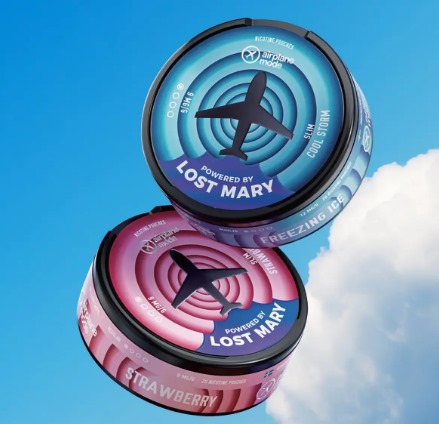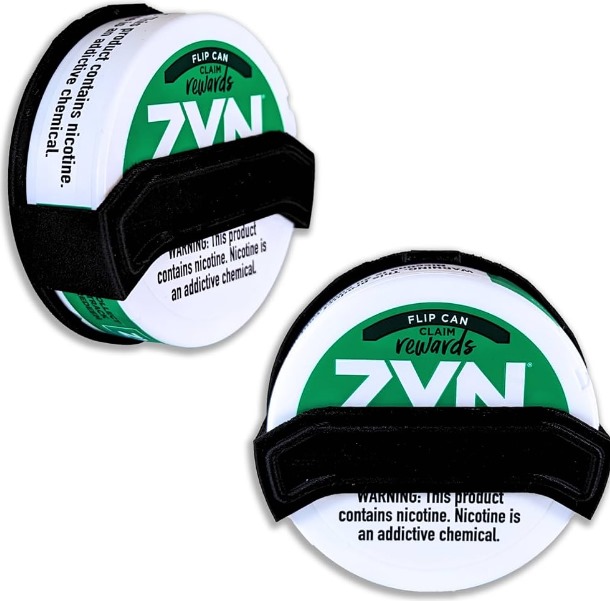Snus represents the traditional smokeless tobacco option, consisting of moist tobacco pouches placed under the lip. Originating in Sweden, it delivers nicotine through oral absorption without combustion.
Vaping involves inhaling vaporized e-liquid through electronic devices. These battery-powered systems heat a liquid mixture typically containing propylene glycol, vegetable glycerin, nicotine (optional), and various flavorings.

Usage Comparison
| Feature | Snus | Vaping | Nicotine Pouches |
|---|---|---|---|
| Nicotine Delivery | Gradual absorption over 30-60 minutes | Immediate absorption through inhalation | Moderate absorption over 20-45 minutes |
| Discretion Level | Completely concealed during use | Produces visible vapor clouds | Nearly invisible during use |
| Flavor Variety | Primarily tobacco and mint profiles | Extensive range including desserts and fruits | Wide selection similar to vaping |

Practical Considerations
When evaluating convenience factors, snus and nicotine pouches require minimal preparation - simply open a can and use. Vaping demands more maintenance, including battery charging, coil replacements, and e-liquid refills.
Travel scenarios highlight another distinction. Airports and airlines generally impose fewer restrictions on snus and nicotine pouches compared to vaping devices, which often face limitations on battery sizes and e-liquid quantities.
Cost analysis reveals vaping requires higher initial investment for quality devices, while ongoing expenses become comparable across all three options. Disposable vapes may prove more expensive long-term than reusable systems.

